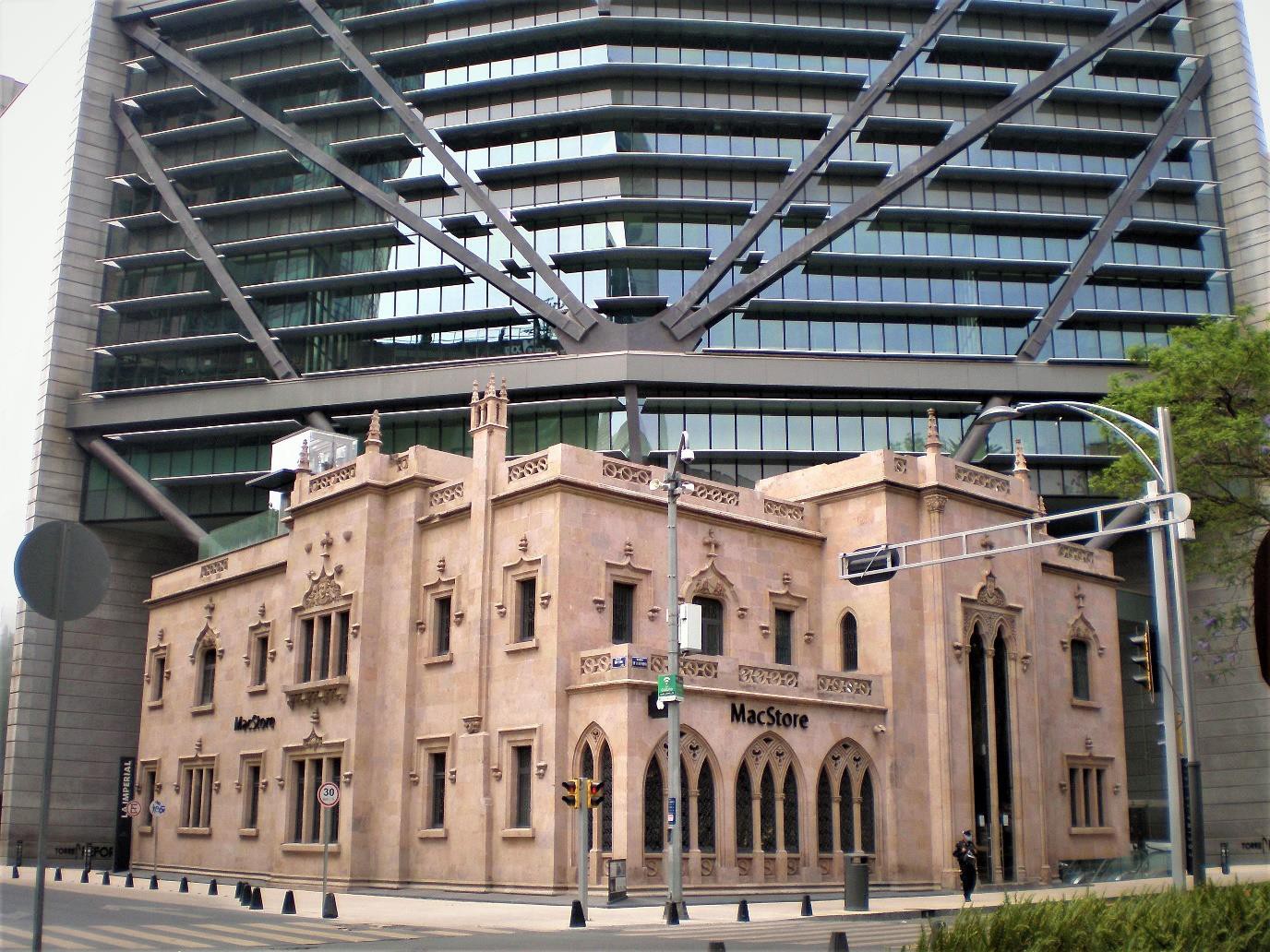La Casona – mansion on the move

Situated in the heart of Mexico’s rich historical landscape, La Casona stands as a silent witness to the country’s evolving fortunes. This grand mansion, dating back to the early 20th century, has been a center of cultural and political activity over the decades. Built by a wealthy family during the burgeoning industrial age, La Casona’s architecture reflects the opulence and optimism of its time. It has served as a private residence, a government building, and a host to celebrated artists and intellectuals.
Remarkably, La Casona is not confined to a single location. The mansion was relocated, stone by stone, in a bid to preserve its legacy. During a period when modernization threatened to dismantle Mexico’s architectural heritage, a movement to save La Casona led to its meticulous transport to a secure site. This arduous process took years of careful planning, ensuring every intricate detail remained intact. Today, it stands proudly in its new home, continuing to embody the elegance and grandeur of the past.
The mansion is filled with stories etched into its walls. Each room tells a tale—whether it’s the grand ballroom that once echoed with high society’s laughter or the quiet courtyards where political plots may have been whispered. Visitors are often enchanted by its beautifully preserved rooms, filled with original furniture and period artworks, offering a glimpse into the opulent lifestyles and social dynamics of 20th-century Mexican elite.
La Casona’s fascinating journey: relocated 18 Meters for Torre Reforma
In bustling Mexico City, a remarkable event took place as the old French-styled mansion, La Casona, was moved 18 meters from its original location. This grand 20th-century edifice was destined for demolition to make way for Torre Reforma, one of the city’s modern architectural marvels. However, a commitment to preserving historical heritage led to a decision that transformed engineering challenges into a narrative of nostalgia, precision, and innovation.
The relocation process, conducted with meticulous care and planning, involved hydraulic jacks gradually lifting the massive structure, while a set of rails guided its slow journey to a new foundation. This engineering feat preserved the mansion’s integrity, with the entire relocation meticulously orchestrated to prevent damage to La Casona’s ornate decor and structural elegance. The operation captivated not only historians but also those fascinated by cutting-edge engineering techniques.
During the move, La Casona’s displacement seemed like an act of time travel, contrasting the old and new in Mexico City’s evolving landscape. The successful relocation of La Casona has become a symbol of harmonious coexistence between the city’s historical roots and its modern aspirations. It stands as a testament to human ingenuity and respect for historical monuments, reminding locals and visitors alike that the stories of the past can thrive amid contemporary urban development.
Preserving history: La Casona’s transformation during Torre Reforma’s construction
The construction of Torre Reforma, a cutting-edge skyscraper in Mexico City, presented unique challenges and opportunities, particularly concerning La Casona. Facing the threat of demolition, an innovative approach led to its integration into the skyscraper’s design, ensuring that a piece of Mexican history would endure and complement the city’s evolving skyline.
During the initial construction stages, La Casona was meticulously supported and protected from potential damage. Encased in a protective shell, engineers and construction workers merged the old with the new. This process symbolized the careful balance of historical preservation with contemporary urban development demands. As the tower rose, La Casona stood firmly at its base, a testament to the city’s rich cultural heritage.
La Casona’s transformation is a remarkable example of adaptive reuse in architecture. Its classic features—intricate masonry and colonial-era facades—were restored and repurposed within the new structure. Now housing an elegant restaurant and cultural space, the mansion is a vibrant center for social gatherings and cultural events, blending the grandeur of Mexico’s past with its dynamic present. The juxtaposition of La Casona against Torre Reforma’s sleek glass and steel embodies a dialogue between eras, a convergence of history and progress that tells a story of preservation and innovation.
La Casona and Torre Reforma: blending the old with the new in Mexico’s capital
Mexico City, a sprawling metropolis steeped in history, boasts an eclectic skyline that narrates the city’s past while embracing its future. Amid this landscape, two structures stand out—the colonial-era La Casona and the modern skyscraper Torre Reforma. Together, these buildings encapsulate a city forever moving forward without losing sight of its roots.
La Casona, with its Spanish Colonial architecture, tells tales of Mexico’s colonial era. Its intricate baroque facades and elegant courtyards offer a glimpse into the past lives of Mexico City’s elite. Lovingly preserved, La Casona invites visitors to experience the luxurious side of the New World during the colonial period.
In stark contrast stands Torre Reforma, an exemplar of modern engineering and sustainable design. Its sharp angles and glass façade epitomize the innovation and economic progress marking Mexico’s recent history. Torre Reforma is a hub for business, lifestyle, and culture, symbolizing the bustling lifeblood of contemporary Mexico City.
The dialogue between La Casona and Torre Reforma reflects the city’s ongoing conversation between preservation and development. While La Casona reminds us of our heritage, Torre Reforma points toward the future. Visitors to these sites marvel at the seamless blend of history and modernity, a signature characteristic of Mexico City.
Exploring La Casona’s weathered corridors and Torre Reforma’s gleaming offices, one can’t help but admire the fusion of times and styles. Mexico City is a testament to the beauty of embracing both tradition and innovation, with these two structural icons standing as monuments to a capital perpetually reinventing itself while honoring its enduring history.
See how the process looked like:
